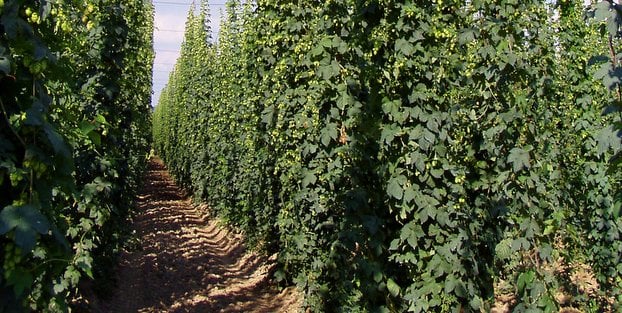
U.S. hop acreage has grown 95.8 percent in just five years. Holy shit, right? That’s a stat from the 2017 global hop outlook released this past May from the Hop Growers of America. The Pacific Northwest grows the lion’s share of that hop crop. Washington growers alone produced some 75 percent of the United States hop crop for 2016. Cascade, Simcoe, Zeus, Centennial, Citra and Mosaic were the six leading varieties in Washington, accounting for about 58 percent of the state’s output.
Yet, regionalized hop farms are popping up all over the United States as craft brewers demand localized ingredients to use in their brews. We’ve seen Michigan, Nebraska and Canada dabbling in serious acreage, and now we’re hearing reports out of Iowa that more and more hop bines are climbing up trellis systems around the Hawkeye State. According to the ABC affiliate KCRG out of Cedar Rapids, Iowa:
The number of breweries in Iowa has doubled in the last five years, and that’s prompted many farmers to start growing hops in Iowa. Three years ago, farmers only raised 5 to 10 acres of hops in Iowa. Last year, it was 60.
Horticulturalist Christian Petersen works at Buck Creek Hops in Solon. He explains, “The whole reason [owner Mark Pattison] started the farm was because of the craft beer boom. We’re seeing it, we’re getting calls all the time. People wanting to grow, people wanting to buy.”
Pattison adds, “People are looking for an alternative to the conventional commodities [like] corn and soy beans. Many times when we talk to them, and tell them what it takes, they change their mind pretty quickly.”
Petersen’s talking about surpassing the many hurdles of growing hops — the huge expense of building the trellis system, stringing and cultivating the bines by hand and (the biggest challenge of all) the first crop taking two, three or even four years to reach quality maturity. Plus, yields are going down. 2016 saw a 94 pound drop in production on pounds per acre — mostly because the type of hops being demanded now are aroma varieties. From a previous hop report on CBB:
“While some varieties — most notably bittering hop CTZ — didn’t fare as well due to mildew and climatic pressure, brewers are putting in orders for hops that have exciting aromas, but simply do not yield as much per acre,” said Blake Crosby, vice president of Hop Growers of America and president of Crosby Hop Farm, LLC. “As an industry we are happy to plant these, but more acres are required to deliver the same amount, pound for pound.”
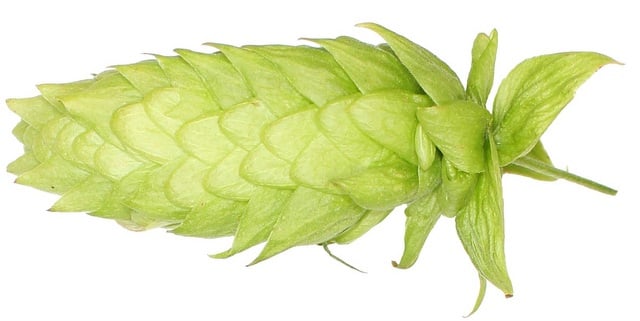
For those looking to take on the challenge of growing hops in Iowa, we highly suggest this short Iowa-focused publication on basic hop production. Iowa State University Extension and Outreach Fruit Specialist Diana Cochran has plans to author a series of publications providing information on all different aspects of hop production, beginning with “Hop Production 101: Site selection and planting” (HORT 3051). Here are some quick tips from Cochran:
The harvest reward from planting hops is not immediate; it takes three to four seasons before the plant reaches full maturity and can produce maximum yields. This impacts the fertility management demands of the crop, with nitrogen needs drastically smaller initially. Depending on the soil type, the crop needs an estimated 70-75 pounds of nitrogen per acre its first year before requiring 100-150 pounds the following years.
…
Supplementing natural rainfall also is needed for hops to grow, with the plant needing approximately 1.5 inches of rainfall per week. Iowa receives an average of 31.5 inches of rain each year; providing additional moisture through drip or trickle irrigation is necessary.

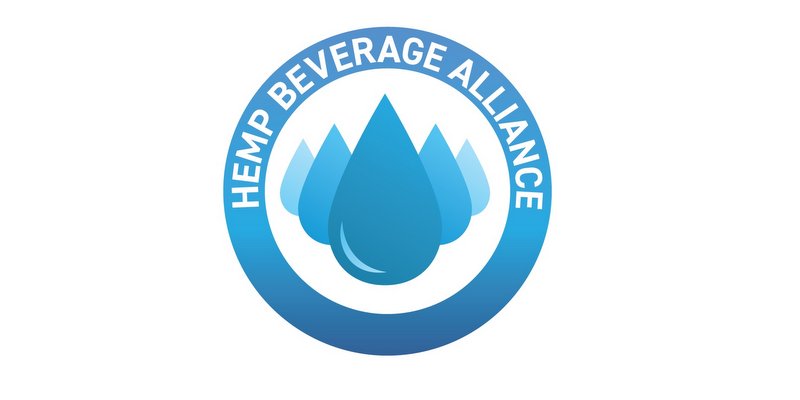
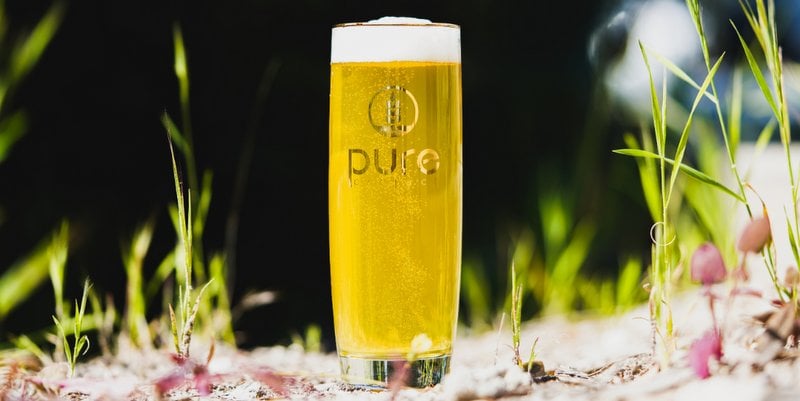
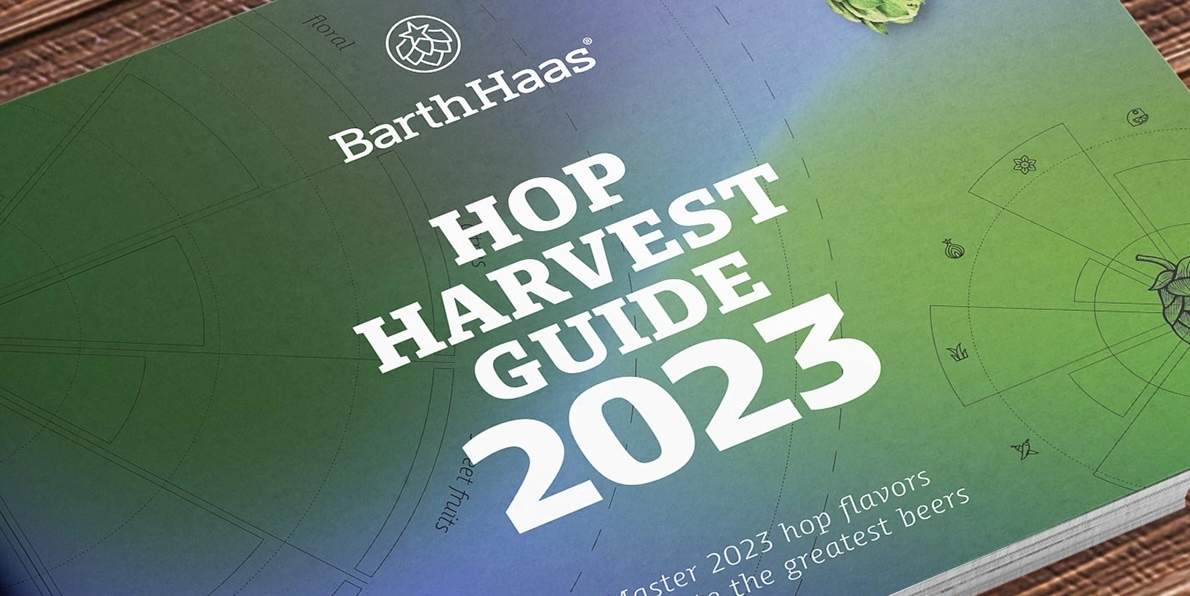
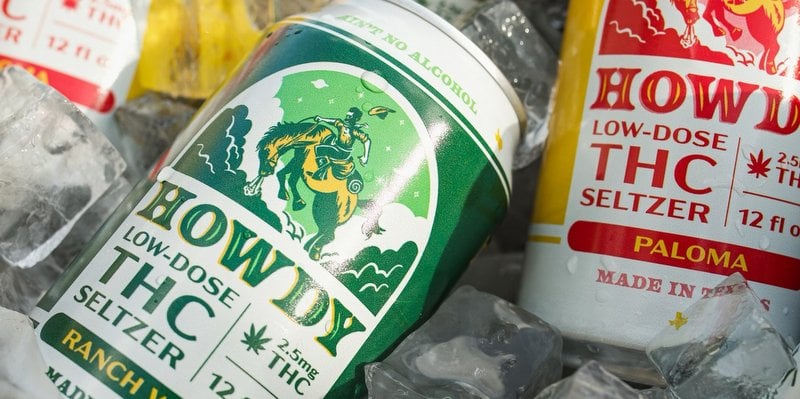
Leave a Reply
You must be logged in to post a comment.